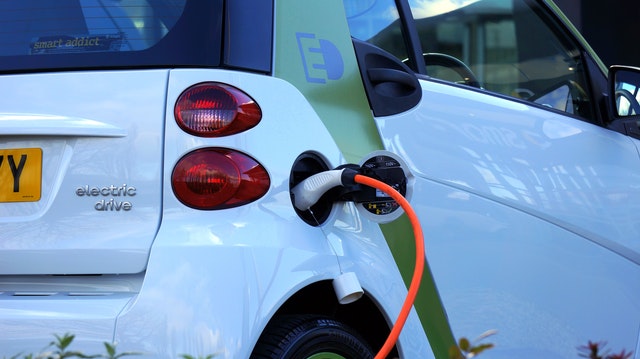Originally posted on Medium.com
Electric Vehicles, or EV for short are not yet a craze, even though the government is pushing more and more of it. But why the govt is promoting them? The reasons are plain simple, they are Eco-friendly, costs less per mile, requires less maintenance (as they mostly consist of simple motors), and reduces the dependency of India on imported crude oil, which with the continuous weakening of rupee against dollar is yet another problem. Given the long list of benefits, then why are not they widespread yet? Let's find out…
Inconvenience
Yes, you heard it right. EVs are inconvenient. There are reasons for this. Let’s take note of some points.
Refilling times. You can fill up your petrol car within five minutes, but for EVs, it’s usually at least one hour. And that too with DC fast chargers only, which are highly uncommon right now.
Availability of charging points. Finding a petrol pump is not a big deal, but finding public charging points is a pain in the a**. There are a few types of charging points, level 1 and 2 AC slow chargers, and Level 3 DC fast chargers. The latter is uncommon. Although for the former types, some companies are coming forward to install public EV charging points, such as TATA Power, Fortrum, etc.
Range anxiety. EV users always live by one fear, “What will I do if suddenly my battery runs out of juice?”. This is called the range anxiety, the anxiety that makes you worry if you have or haven’t enough juice left to reach the nearest charging station. It’s highly frustrating.
High cost of batteries. Although fuel costs and maintenance costs are low, the cost of the battery isn’t that low. A typical 12 KWh battery can easily cost around two lakh rupees. Given that Mahindra only provides 3 years of warranty on its e2o, this means that you might need to replace your battery every five years or less.
High cost of the car itself. You can get a pretty Maruti Suzuki Alto within 3 lakh rupees, but for an electric car of a similar physique, you will have to shell out at least 7 lakhs. This will come down with time. But aren’t we talking about 2018?
So given this list of disadvantages, who would like to buy an EV? None. But that doesn’t mean that it will always remain like this. There are hardworking engineers in big companies working day and night to solve these problems, because ultimately EVs will protect mother earth from fossil pollution and we all love our mother, don’t we?
The steps taken by the government are also praiseworthy. Govt launched FAME (Faster Adoption and Manufacturing of Hybrid and Electric) to promote Electric Vehicles in India. They have a plan to put a few million EVs on Indian roads by 2020. You can get all the information here.
Ola, the Indian rideshare service, in partnership with Indian Oil, launched its EV pilot on May 2017 in Nagpur. They also established a charging station there on 19th November the same year. Although many drivers are not happy driving the Mahindra e2o because of long charging hours and lack of infrastructure, still we can hope that in future the situation will improve.
So, although many parties are trying to make the scenery better, still it’s a long way to go before average consumers can fully rely on EVs. Till then we will have to resort back to our age-old combustion engine vehicles.
Have some thoughts and comments? Comment below or tweet it out to me @p_snehanshu.

